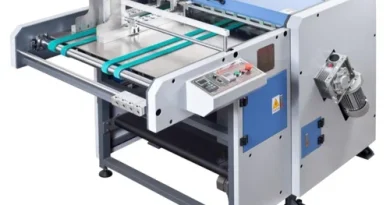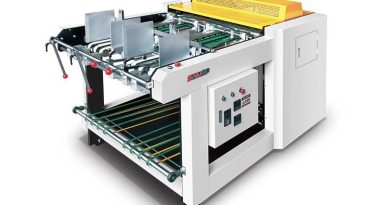What is Grooving Machinery? Enhancing Precision in Material Processing
Grooving machinery is an indispensable tool in various manufacturing and construction sectors, designed to create precise grooves in different materials. This machinery enhances the functionality and aesthetic of the products it helps produce. This article explores the essential features, benefits, and applications of grooving machinery, providing a comprehensive overview of its importance in modern industry.
Definition and Functionality of Grooving Machinery
Grooving machinery refers to equipment used to cut narrow grooves into the surfaces of various materials, including metal, wood, and composites. These machines utilize rotating cutting tools or lasers to achieve clean, precise grooves that are critical for jointing, assembly, sealing, and decorative purposes. Depending on the industry’s requirements, grooving machinery can range from small, portable units for simple tasks to large, CNC (Computer Numerical Control) machines for complex, high-precision operations.
Technological Features
Modern grooving machines incorporate advanced technologies that enhance their efficiency and precision. CNC technology allows for precise control over the grooving process, ensuring consistent depth and spacing of grooves across large production volumes. Additionally, many of these machines feature automated tool changers and advanced programming capabilities, enabling them to handle multiple grooving tasks quickly and accurately with minimal manual intervention.
Operational Benefits
The primary benefit of using grooving machinery is the significant improvement in product quality and consistency it delivers. Automated grooving processes reduce the likelihood of human error and increase the speed of production. This leads to higher throughput and lower costs per unit, making manufacturing processes more economical and competitive. Furthermore, the precise grooving enhances the functional performance of products, such as improving the fit and seal in assembly operations or enhancing the aesthetic appeal in decorative applications.
Applications Across Industries
Grooving machinery serves a critical role in numerous industries. In the automotive sector, it is used for grooving metal parts to ensure tight seals in engines and transmissions. In the construction industry, grooving machines prepare wood and composite materials for flooring or paneling with interlocking features. Additionally, in the plumbing and electrical sectors, these machines groove pipes and conduits to facilitate secure connections and routing.
Future Trends: Automation and Material Innovation
As industries evolve, so too does the technology behind grooving machinery. Future advancements are likely to focus on increasing automation to further reduce labor costs and improve precision. Integration with AI and real-time monitoring systems are expected to predict and prevent maintenance issues, extending machine lifespan and reducing downtime. Additionally, ongoing research into new and improved cutting materials and techniques will allow grooving machinery to work more efficiently with emerging materials, supporting sustainability and innovation.
Conclusion
Grooving machinery is a critical component of modern manufacturing and construction processes, providing precise, efficient, and cost-effective solutions for creating grooves in a variety of materials. As technology advances, these machines are set to become even more integral to industrial operations, driving improvements in production capacity and product quality across the globe.



